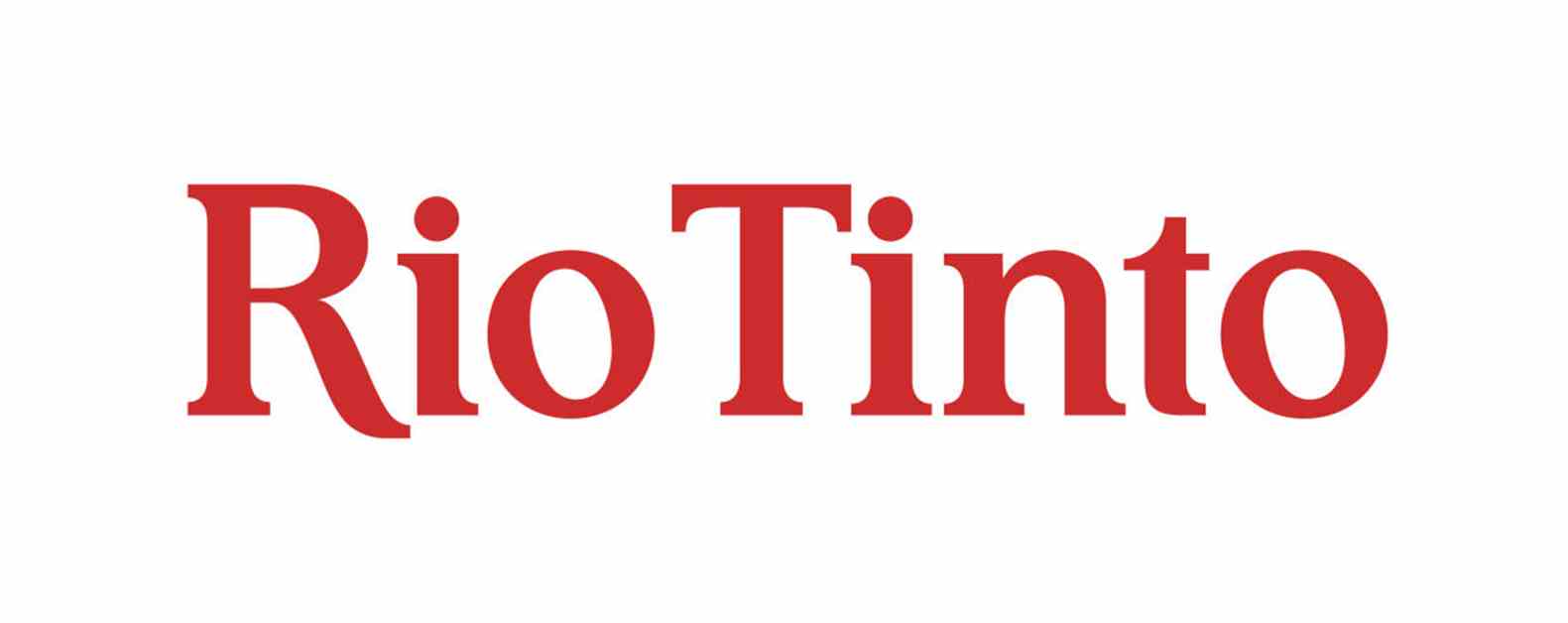Rio Tinto Invests in BioIron™ R&D Facility in Western Australia
Investing in Low-Carbon Steelmaking Innovation
Rio Tinto has announced a significant investment of US$143 million (A$215 million) to establish a research and development facility in Western Australia. The purpose of this facility is to further evaluate the effectiveness of their low-carbon ironmaking process, BioIronTM. This investment is part of Rio Tinto’s commitment to decarbonizing the global steel value chain.
Development of BioIron Research and Development Facility
The BioIron Research and Development Facility will be located in the Rockingham Strategic Industrial Area, south of Perth. It follows successful trials of the innovative ironmaking process in a small-scale pilot plant in Germany. BioIron utilizes raw biomass and microwave energy instead of coal to convert Pilbara iron ore to metallic iron, significantly reducing carbon emissions in the steelmaking process.
Implications for the Steel Industry
The potential of BioIron to reduce carbon emissions by up to 95% compared to the current blast furnace method is a significant development for the steel industry. The facility will feature a pilot plant ten times larger than its predecessor in Germany and will be capable of producing one tonne of direct reduced iron per hour. This marks the first semi-industrial scale testing of the innovative steelmaking process.
Collaboration and Innovation
The development of the BioIron facility is a collaborative effort with the University of Nottingham, Metso Corporation, and Western Australian engineering company Sedgman Onyx. The facility will not only support the scaling up of the BioIron technology but also contribute to the development of a skilled workforce in steel decarbonisation.
Government Support and Economic Opportunities
Western Australian Premier Roger Cook has expressed support for the initiative, emphasizing the economic opportunities that low-emission steelmaking can bring to the region. The project aligns with the state’s plans to transition to a renewable energy powerhouse, creating jobs, reducing carbon emissions, and strengthening the economy.
Rio Tinto’s investment in the BioIron Research and Development Facility signifies a significant step towards achieving low-carbon steel production. The innovative technology has the potential to revolutionize the steel industry and contribute to global efforts to reduce carbon emissions.
**Biography:**
Rio Tinto Iron Ore Chief Executive Simon Trott has been a key figure in driving the development of the BioIron process. With a background in the mining industry, Trott has led Rio Tinto’s initiatives towards sustainable and innovative steelmaking practices. His leadership in the low-carbon steel sector has positioned Rio Tinto as a pioneer in decarbonizing the steel value chain.




